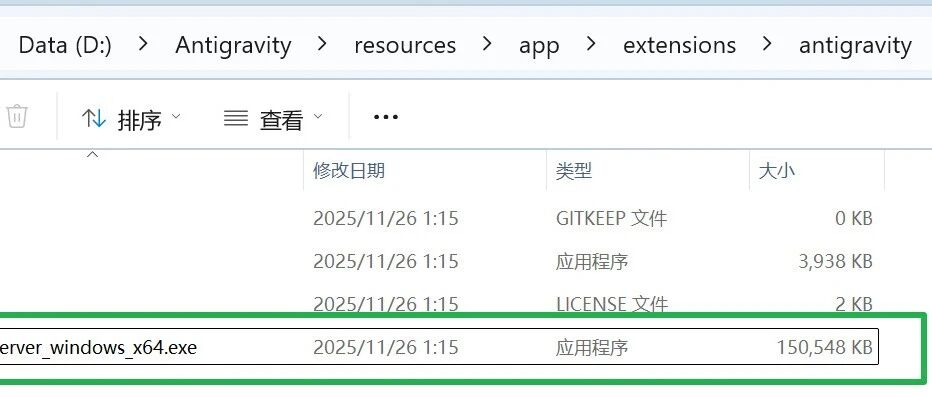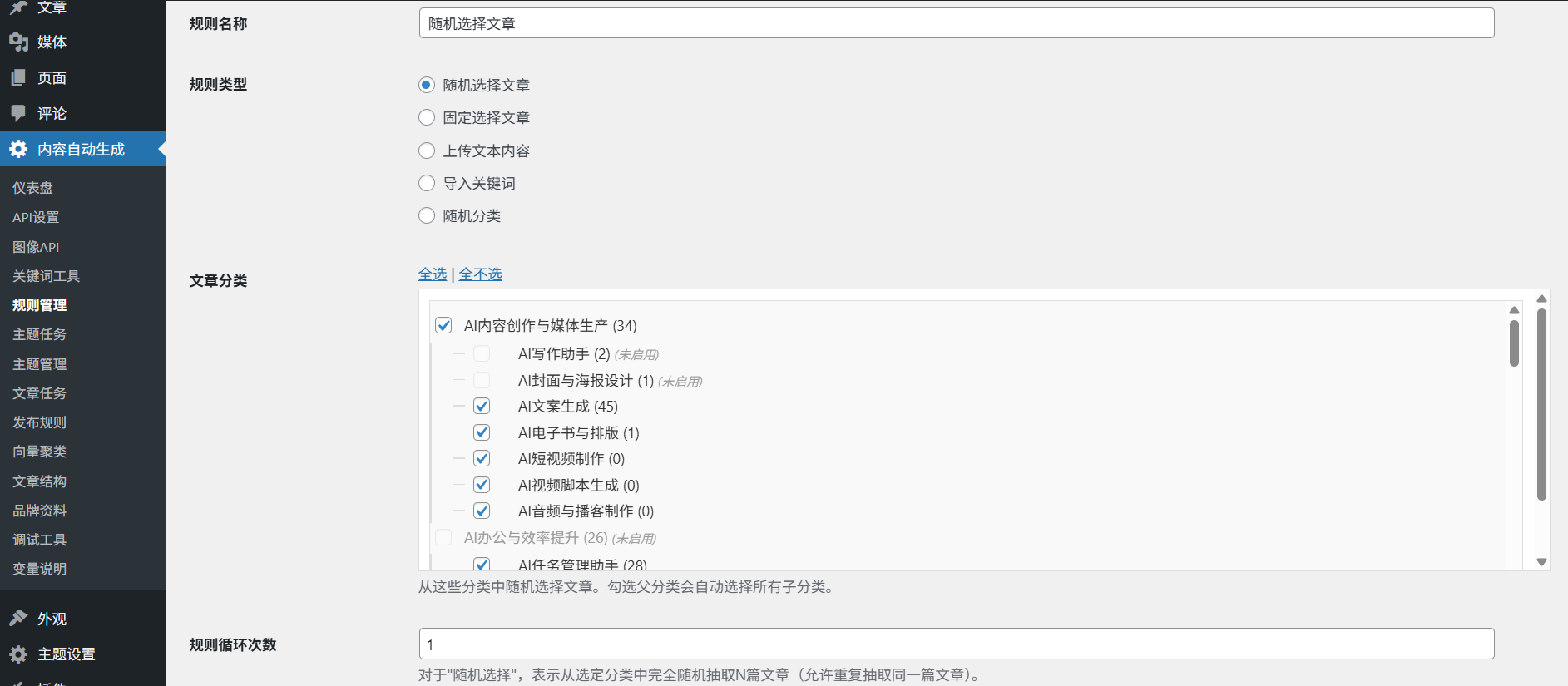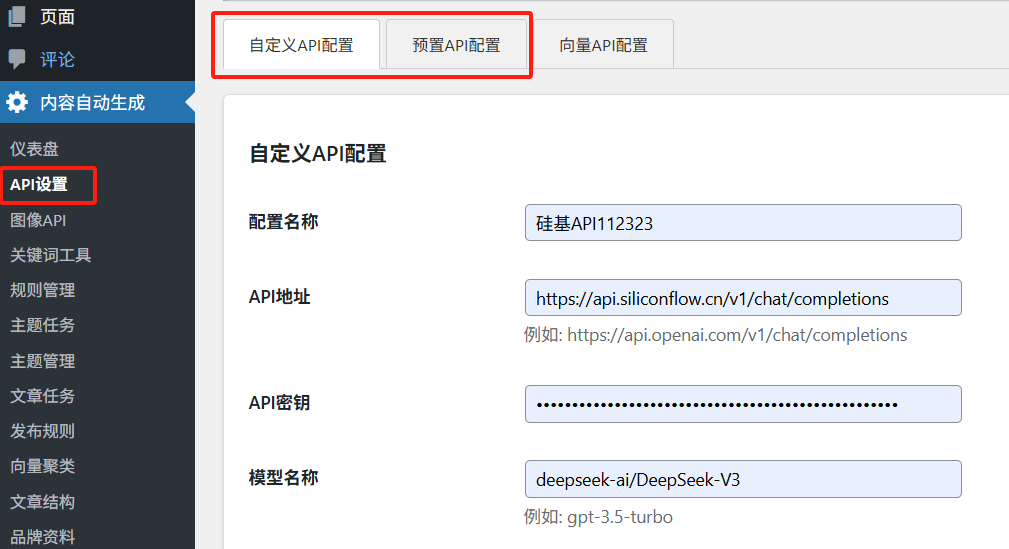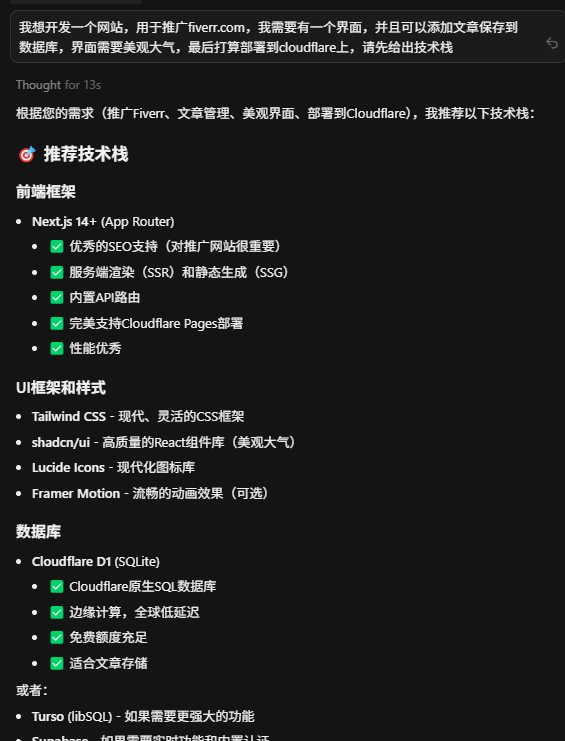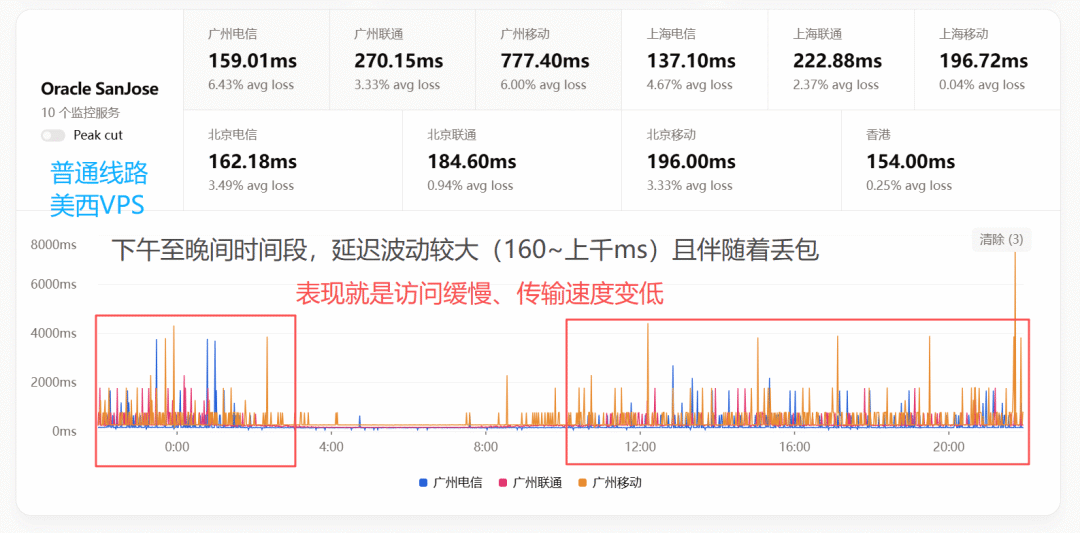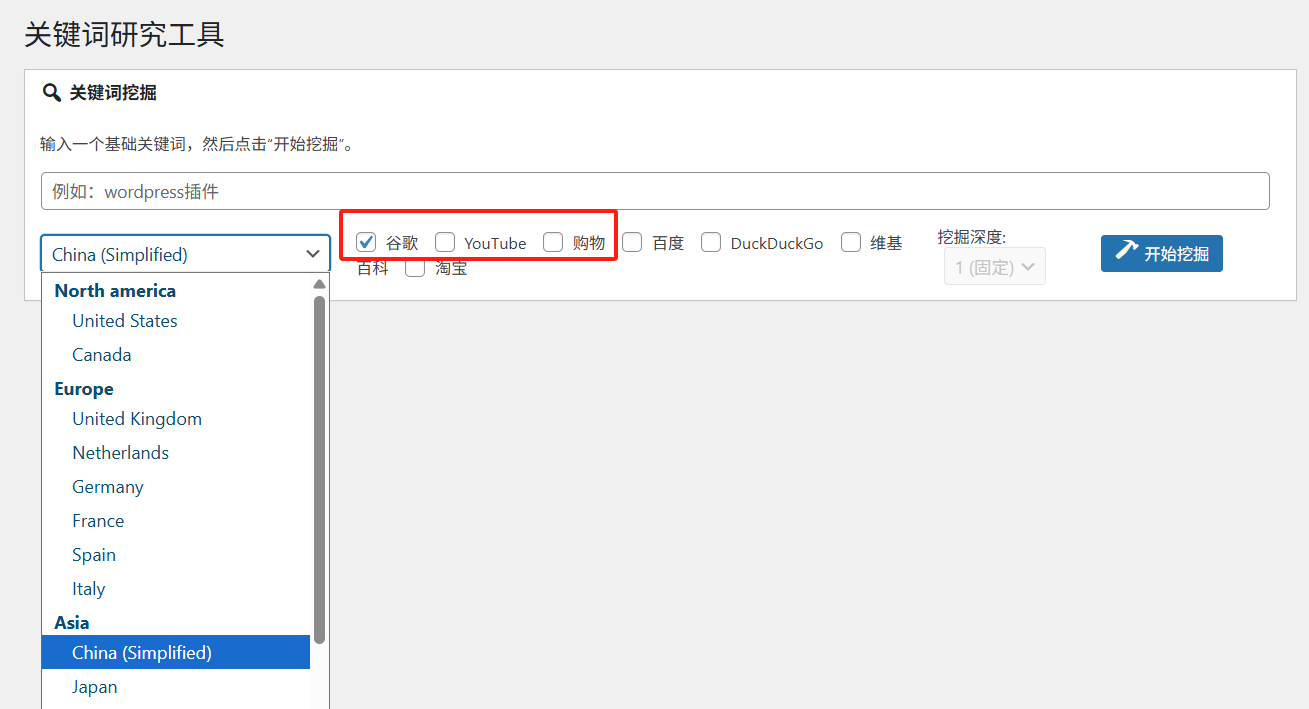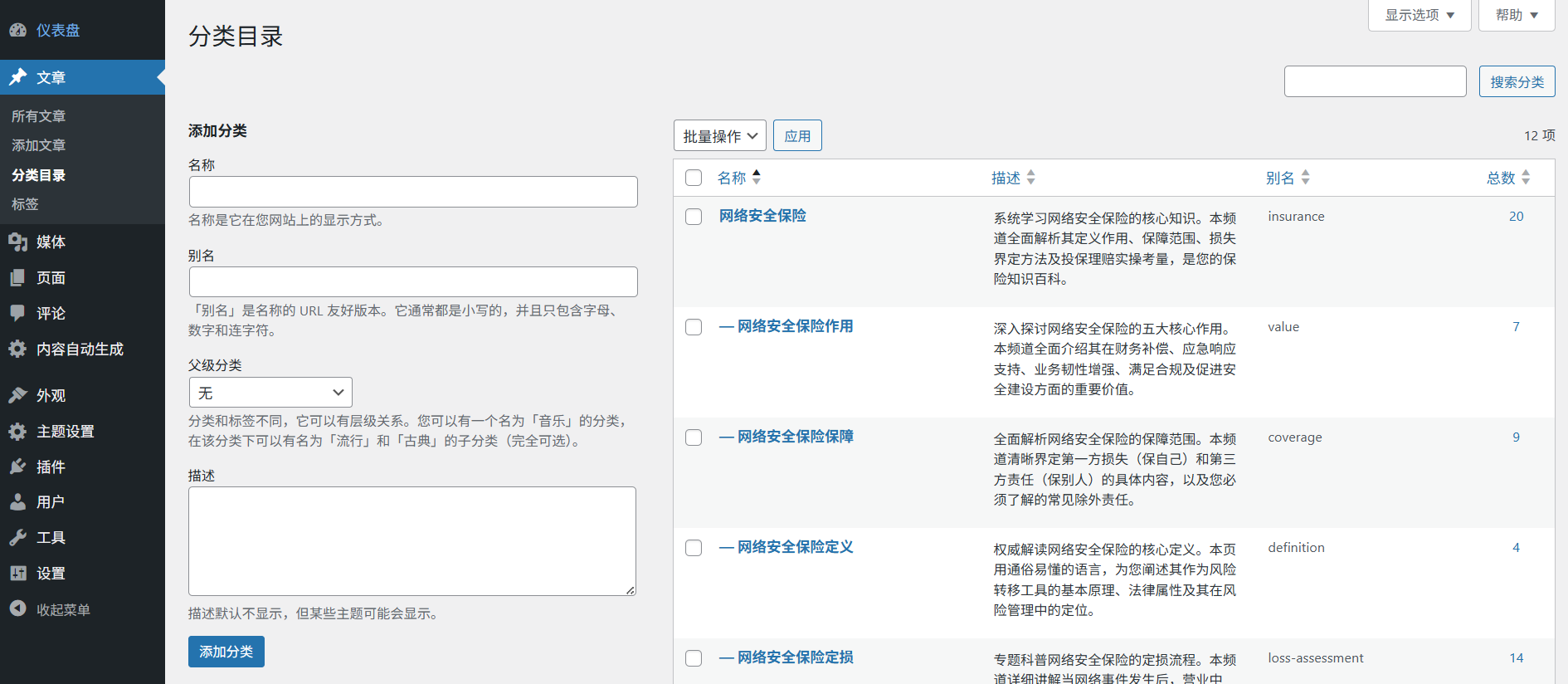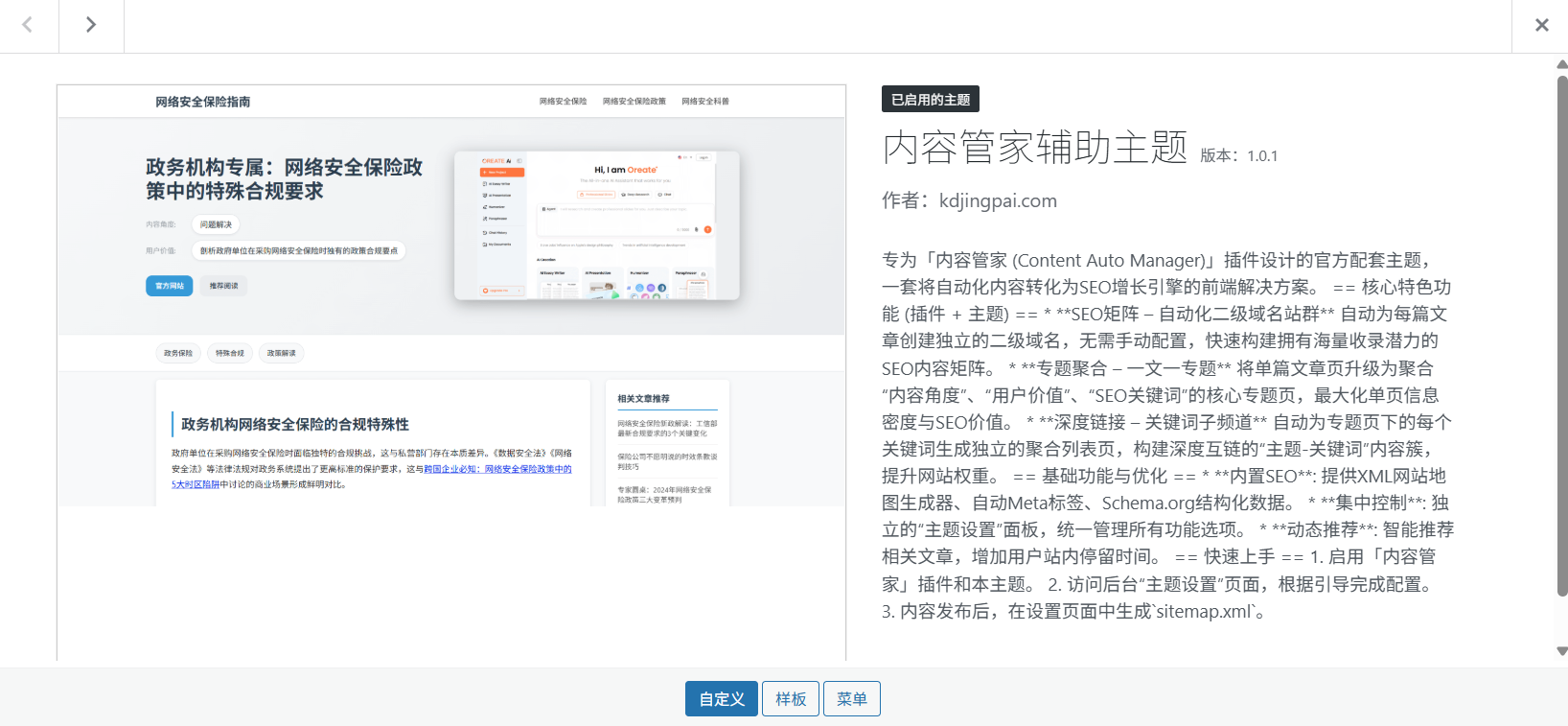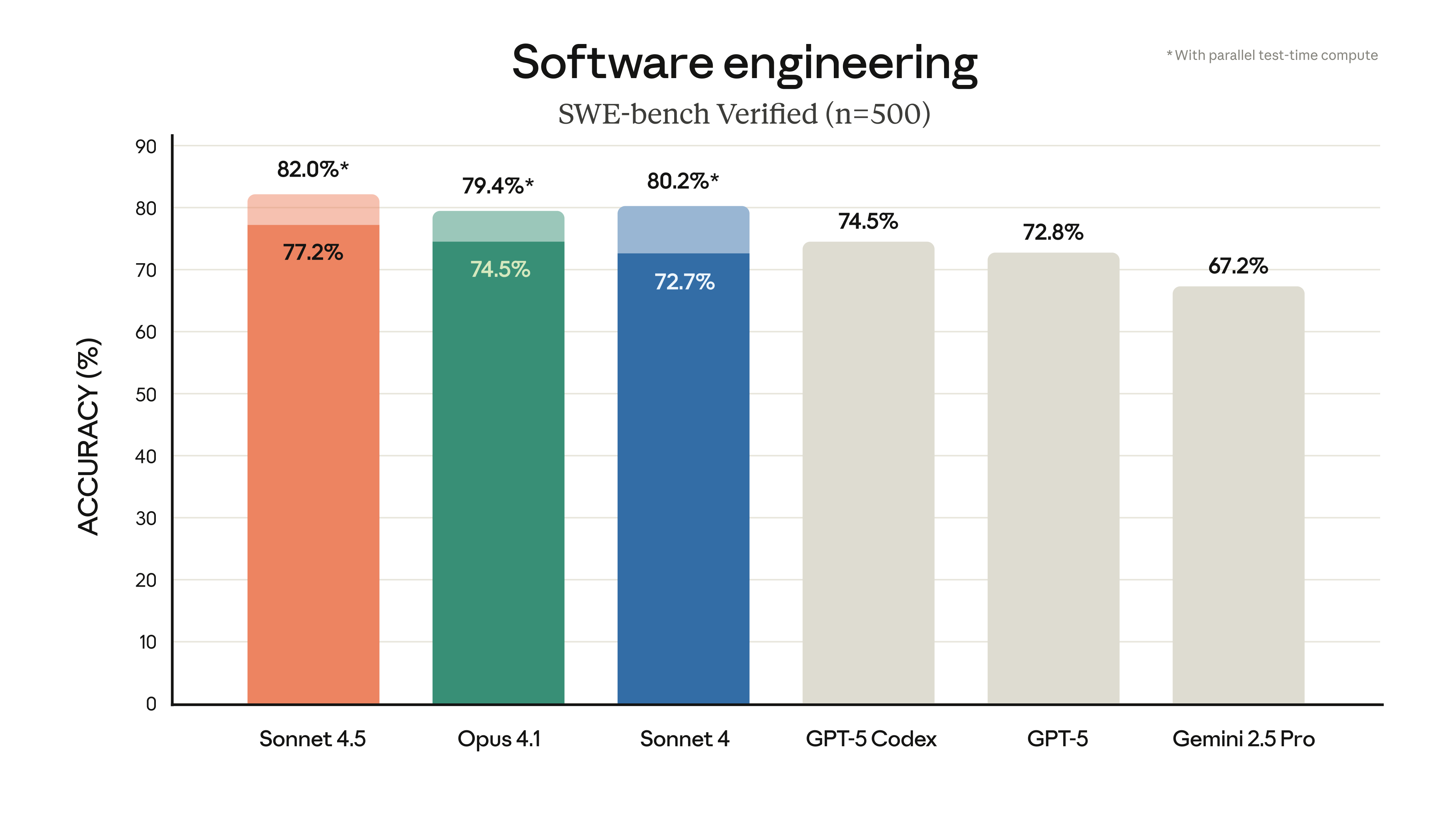SuperAGI adopts a layered architecture design to ensure the stable operation of multi-agents:
- resource isolation: each agent runs in a separate Docker container, CPU/memory limits are predefined via docker-compose.yml to avoid resource hogging
- fault fusing: When an agent fails to execute 3 times in a row, it will automatically pause and trigger an alert (email/Discord notification), without affecting other agents.
- Condition Monitoring: Real-time display of CPU utilization (60-second refresh), task queue depth and recent error logs for each agent in the GUI interface
- intelligent dispatch (computing): The system automatically allocates computing nodes based on agent priority (set by the user) and resource demand, and supports dynamic capacity expansion.
Stress tests show that 50+ base agents can be stably run in parallel on a 16-core/32GB RAM server. For scenarios requiring higher reliability, it is recommended to deploy the production environment version in conjunction with Kubernetes.
This answer comes from the articleSuperAGI: An Open Source Framework for Rapidly Building and Running Autonomous AI AgentsThe













